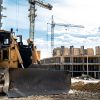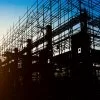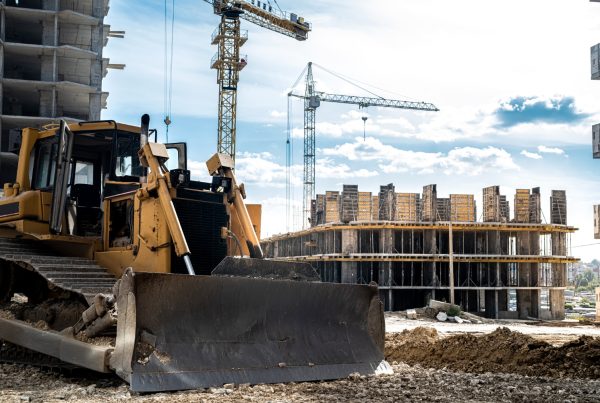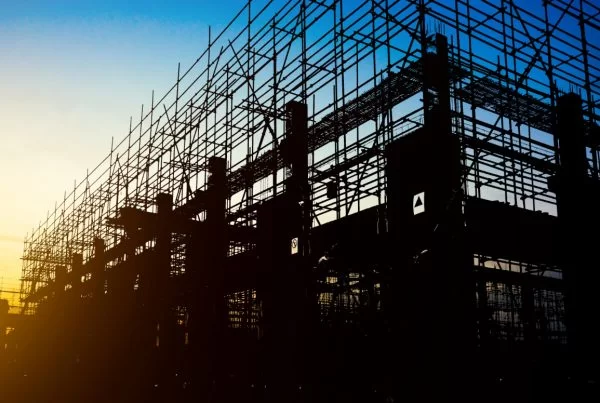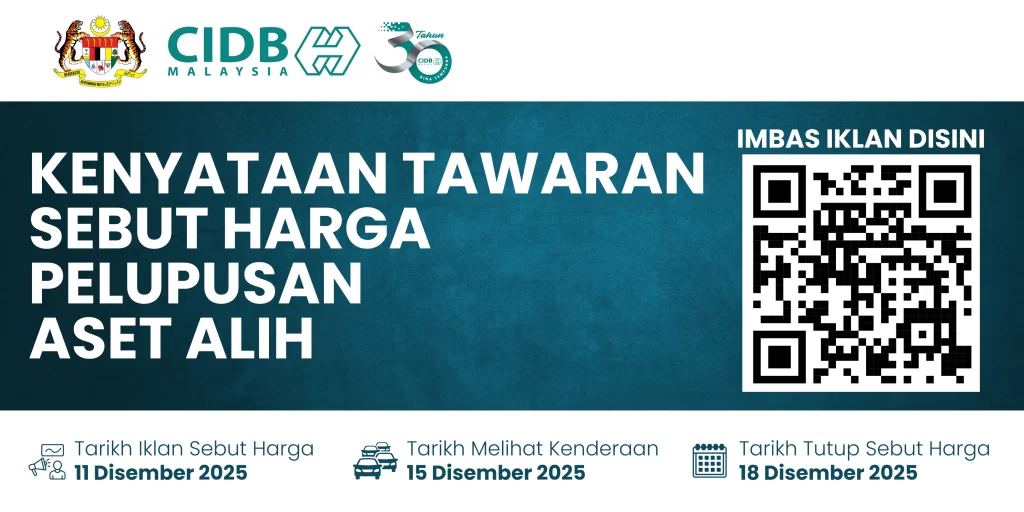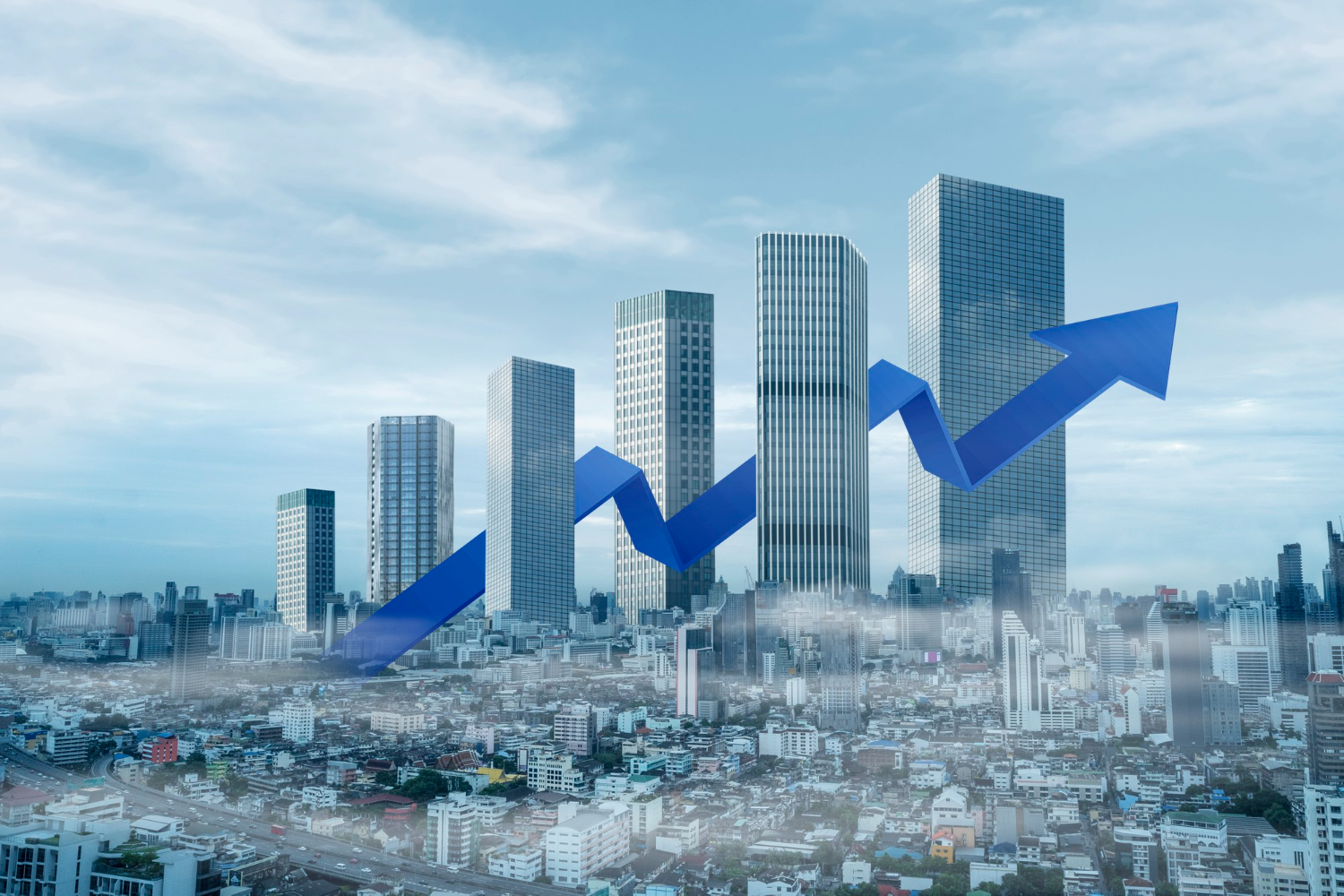
Malaysia’s construction industry is entering 2025 with strong momentum, highlighting its resilience and importance to national development. Following a significant post-pandemic recovery, the sector is projected to grow by 6.1% this year, driven by public infrastructure investments, renewed private sector confidence, and targeted government policies.
In 2024 alone, the value of construction work increased by 20.2%, signalling renewed dynamism across civil engineering, residential, and special trade sectors. MIDF Research further forecasts a 12% year-on-year expansion for 2025, bolstered by mega projects and recovery in the property sector.
Government initiatives such as the 12th Malaysia Plan and the Construction 4.0 Strategic Plan are pivotal in steering the industry toward digitalisation, sustainability, and productivity. Emphasis is placed on technologies such as Building Information Modelling (BIM), prefabrication, and green building certification, positioning Malaysia to align with global best practices.
Public infrastructure remains a key driver. The MRT3 Circle Line, Pan Borneo Highway, and flood mitigation projects inject billions into the economy while addressing pressing mobility and climate adaptation needs.
Private investment is also returning, particularly in high-rise residential and mixed-use developments in Greater Kuala Lumpur, Johor Bahru, and Penang. The property sector is cautiously optimistic as urbanisation trends, demographic shifts, and regional migration fuel demand.
However, challenges persist. Rising material costs, skilled labour shortages, and environmental compliance regulations remain pressing concerns for contractors and developers alike. Still, the government’s commitment to upskilling programmes, ESG frameworks, and investment incentives offers a path forward.
In essence, 2025 marks a pivotal year for Malaysian construction, a definitive year of building structures and a more digital, resilient, and inclusive industry.


